Fells - An English word for rocky, windblown hills. Geology in the Fells tells a story of the earth from over a bilion years ago to the present day.
Two major types of rock can be seen in the Fells. Sedimentary Rock. The oldest rocks in the Fells formed beneath the surface of a shallow sea, long before the North America we know was created. Wind and rain scoured the lifeless continents, carrying sediments into the ocean. Sedimentary formations, developed from these accumulations, were subject to other geological forces. The sedimantary rocks were cracked, folded, heated and cooled. Several times during the formation of these rocks, molten rock intruded and flowed over portions of them.
Igneous Rock. When molten rock, or magma, cooled and hardened two distinct types of rocks in the Fells were created, Lynn Volcanics and Dedham Grandodiorite, occuring over 600 million years ago. The Lynn Volcanics are today visible in the form of felsites, dense, find grained rocks composed pf quartz and feldspar. The Grandodiorites take the form of granites, diorites and a mixture of the two, composed of quartz, feldspar biotite and other minerals.
This forms the bedrock of the Fells. During the Triassic period, the age of the dinosaurs 200 million years ago, magma was intruded into cracks in the bedrock, creating vertical walls of rock up to one half mile long, called dikes, running east to west in the Fells. One example can be seen at Pine Hill along the Rt. 93 road cut.
Glaciers. Prior to the last glacial retreat 12,000 years ago each advance of the glaciers scoured the Fells surface with rocks imbedded in the ice acting as moving sandpaper. Today we see glacial striations in Fells bedrock including depressions which have filled with water. The meltring ice also left behind material in the form of round hills, ridges, layers of sand and gravel and large boulders. Blocked water drainage created ponds or lakes and sands and gravels became a component of the area's soils.
Soil. Physical and chemical weathering broke the rock into its constituent parts and led to chemical reactions which created the top layer of soil in the Fells. This soil tends to be is acidic which means it most easily supports pine and oak trees.
Water easily drains through this thin, stony soil which is a product of the Fells high steep topography. These soils in turn affect the type of flora and fauna found in the Fells.
(Adapted from text of the Middlesex Fells Reservation Trail Map).
Within the Fells are a variety of plant communities and areas where specific species of plants tend to grow. In a 1993 study, Drayton identified five distinct types:
- stream bank: wetland areas with the highest diversity of species;
- upland woods: drier soils subject to more human impact and less diversity of plants;
- the Fells: ledges with thin poor, well drained soils, receiving the most impact, and least diversity of species;
- fields and old fields: areas currently maintained as fields or fields that are returning to forest;
- carriage roads: roads in the Fells used for maintenance, emergency access and foot traffic, with a characteristic vegetation.
The Fells vegetation is categorized generally as an oak-hickory forest. These trees require similar environmental conditions and are often associated with each other. Other less common tree associations in the area are ash-red maple, and maple-beech-birch. The Fells has these forest types, as well as white pine and hemlock. Because of the impacts on the Fells by people, including the planting of over 500,000 trees in the early 1900s, it is difficult to say whether the forest is a truly "natural" area or a modified woodland.
Hemlocks
Most hikers
who enter
the Virginia
Wood or other
parts of the
Fells where
hemlock trees
abound may
not be aware
that potentially
in years to
come virtually
all of the groves
of these stately
trees will have
been wiped out by the woolly adelgid parasite which is now attacking them.
The MDC, aided in small part by the MDC/Friend's 'Adopt a Hemlock' program, has started a limited program to protect a small number of these trees. But much more must be done if an effective defense is to be carried out. The Friends has discovered that the Trustees of Reservations and the Town of Stoneham (at Whip Hill) have had success with a more aggressive program, using a permethrin based insecticide spray which halts adelgid destruction for at least a year or two, on acres of trees at time. We are researching the effects of these sprays. Volunteers are urgently needed to help in our efforts to develop a campaign to save these beautiful trees in the Fells. Please contact us at 781-662-2340 if you wish to help!
The Fells is home to wide variety of plants and animals. You will find some general information on Fells flora and fauna here. During Massachusetts Biodiversity Days volunteers from the Friends, surrounding towns, and other local conservation organizations, spread out across the Fells, identified and catalogued as many species as they could find over the course of 3 days. Their hard work enhanced previous studies on the wildlife and plant life in the Fells.
Some of the animal species identified at the Fells are pictured below. Not pictured but very much present in the Reservation are fisher-cat, coyote, fox and deer. For the most current list of wildlife sighted, click here.
2008 East Fells Christmas Bird Count
by Dana and Inge Jewell
Bird Count on 12/14/2008:
1 Common Loon 48 Canada Geese
4 Hooded Merganser
11 Common Merganser
26 Ruddy Duck
3 Red Tailed Hawk
6 Ringbilled Gull
52 Herring Gull
1 Great Blacked Back Gull
3 Mourning Dove
1 Red Screech Owl
4 Downy Woodpecker
1 Hairy Woodpecker
3 Northern Flicker
7 Blue Jay
4 American Crow
10 Black Capped Chickadee
7 Tufted Titmice
5 White Breasted Nuthatch
2 Carolina Wren
1 Golden Crown Kinglet
28 American Robin
3 Mockingbird
76 Starling
1 Yellowrump Warbler
1 Tree Sparrow
2 Whitethroat Sparrow
32 Darkeyed Junco
3 Cardinal
3 House Finch
1 Gold Finch
9 House Sparrow
On December 14th we did the Audubon Christmas count for birds once again. The Middlesex Fells is part of what is known as the Boston Circle. The Circle is divided as you would cut a pie. The Fells Reservation is in two pieces sliced by Rte. 93. Our section is east of Rte. 93. It would be impossible to cover the area completely and thoroughly in one day. Birds are constantly moving around the Fells so it is not possible to find every bird. We scout out ‘good areas’ for several days before and decide which ones we will cover on count day. A good example of an area we would want to check is from the Botume House to the Tudor Barn and down to Quarter Mile Pond. Sparrow species were notably scarce this year!
Download the Hawk Watch PDF here.


GEOLOGY
ANIMALS

PLANTS
 | ||||

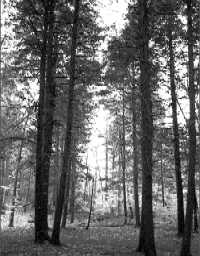
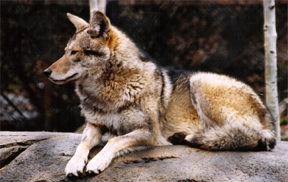
Eastern Coyote Photo: Michael Arnott
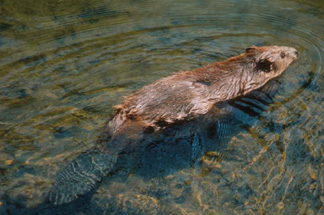
Beaver
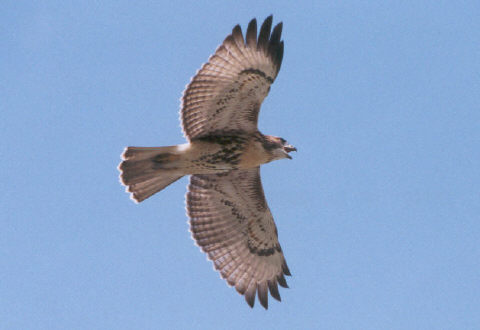

Tufted Titmouse
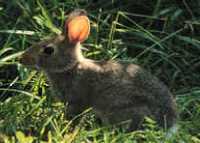
Eastern Cottontail Rabbit
Red Tailed Hawk
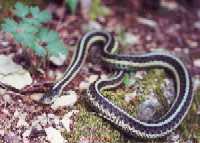
Eastern Garter Snake
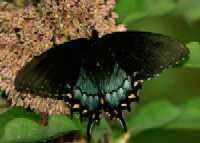
Spicebush Swallowtail Butterfly
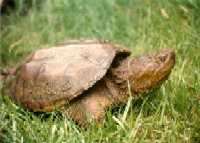
Common Snapping Turtle
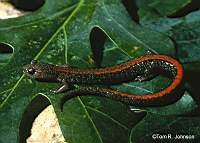
Red backed Salamander